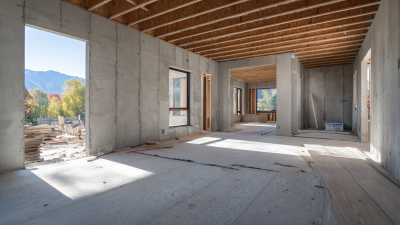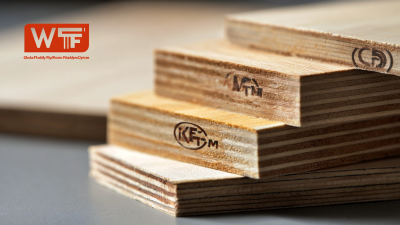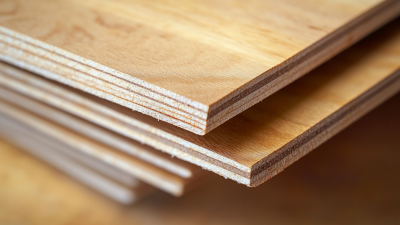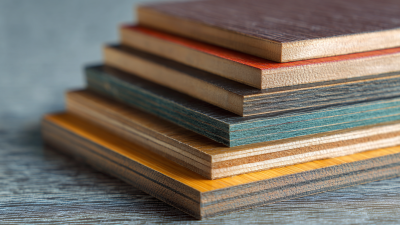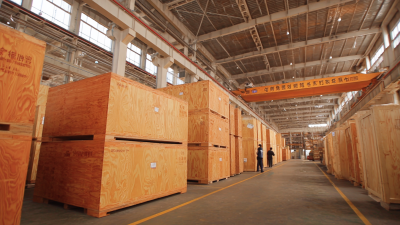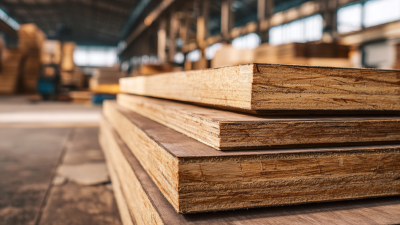When selecting materials for construction and renovation projects, the choice of plywood can significantly impact the overall quality and durability of the structure. Among the various options available, China Film Faced Plywood stands out due to its exceptional water resistance and surface finish, making it a preferred choice for formwork in concrete projects. According to industry reports, the global plywood market is projected to reach USD 80 billion by 2026, with an increasing demand for high-quality film faced plywood reflecting a shift toward sustainable and long-lasting building materials. Understanding the specific requirements of your project and knowing what to look for in China Film Faced Plywood can enhance both safety and aesthetic value, ensuring that your investments yield impressive results. In this blog, we will explore five essential tips to help guide you in selecting the right China Film Faced Plywood for your upcoming projects.
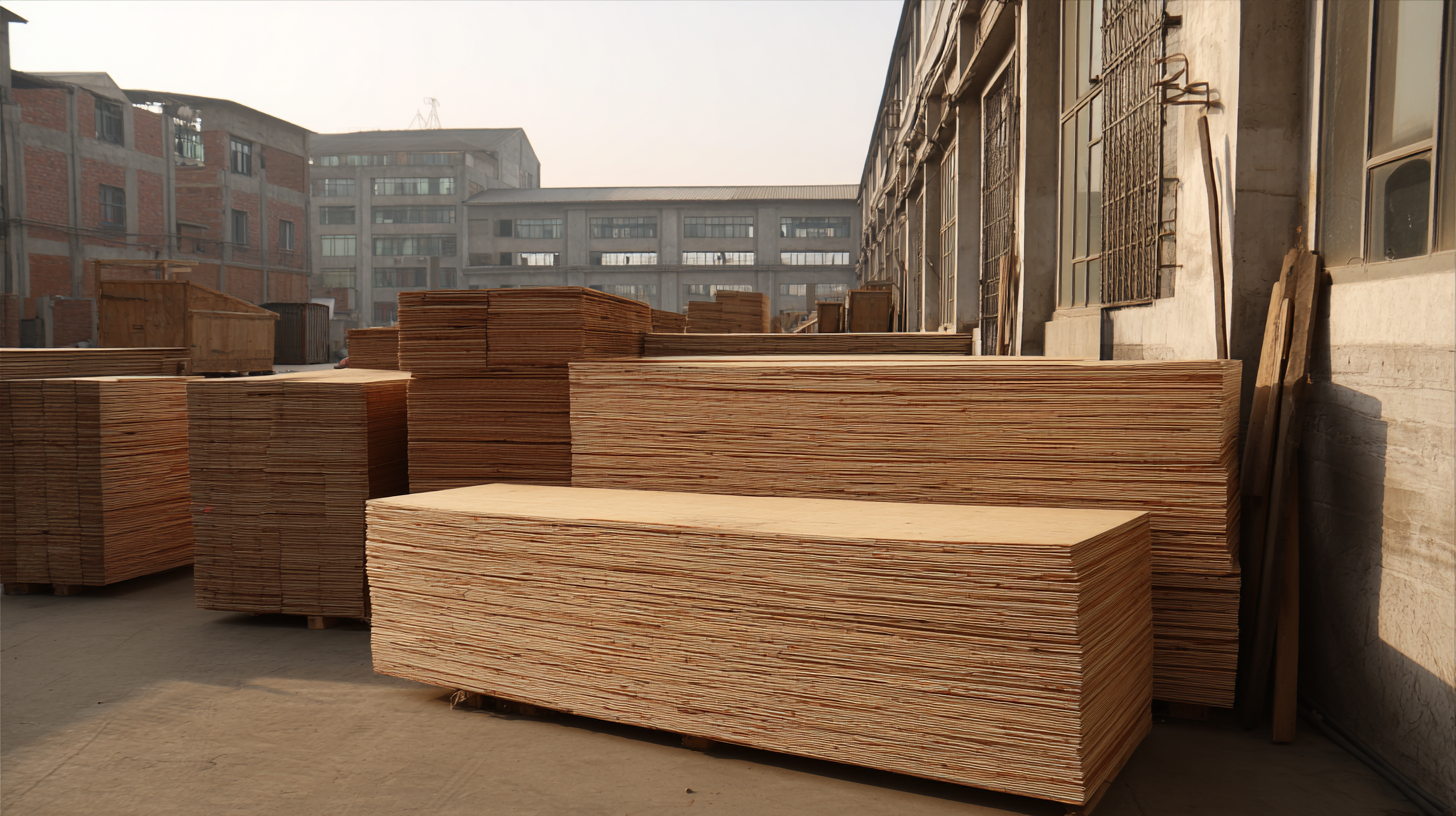
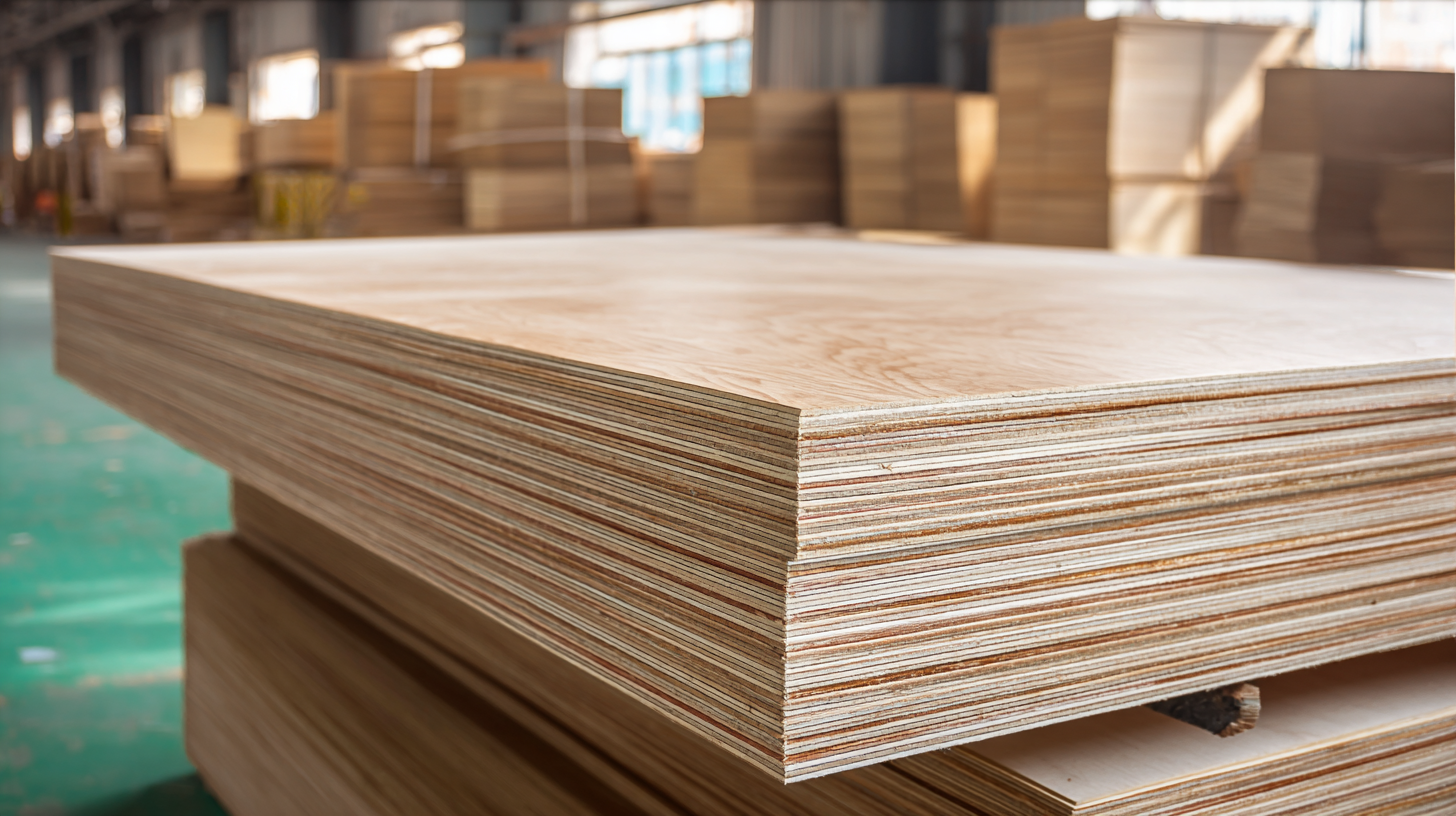 When selecting the right China film faced plywood for your projects, understanding the different types available in the market is crucial. Film faced plywood is primarily used in construction and formwork applications due to its durability and moisture resistance. It typically features a phenolic resin film that provides a smooth surface and protects against damage. There are various types of film faced plywood, including those made with different core materials such as birch, poplar, or eucalyptus, each offering unique benefits depending on the project's requirements.
When selecting the right China film faced plywood for your projects, understanding the different types available in the market is crucial. Film faced plywood is primarily used in construction and formwork applications due to its durability and moisture resistance. It typically features a phenolic resin film that provides a smooth surface and protects against damage. There are various types of film faced plywood, including those made with different core materials such as birch, poplar, or eucalyptus, each offering unique benefits depending on the project's requirements.
One essential tip is to consider the intended use of the plywood. If you are working on a project that requires heavy loads, opting for plywood with a thicker core and higher density will provide the necessary strength. Another critical consideration is the film quality; higher quality films will offer better wear resistance and longevity, making them ideal for repeated use in construction projects. Finally, ensure you check for certifications, such as E1 or E0 for formaldehyde emissions, to ensure safety and compliance with environmental regulations.
When selecting the right film faced plywood for your project, there are several key factors to consider. First, the type of film used plays a crucial role in determining durability and moisture resistance. According to a report by Research and Markets, the global plywood market is expected to grow at a CAGR of 4.5% from 2020 to 2025, largely driven by the construction sector’s increasing demand for high-quality materials. A phenolic film, for example, provides superior waterproofing and durability compared to a standard thermoplastic film, making it ideal for concrete formwork and other demanding applications.
Another important consideration is the thickness and grade of the plywood. The American Plywood Association outlines that film faced plywood is available in various grades, which influence its strength and appearance. For heavy-duty applications, thicker sheets (typically 18mm or 21mm) are recommended, as they can withstand greater loads and maintain the integrity of the structure. Additionally, ensuring that the plywood complies with relevant standards, such as the EN 13986 for structural applications, will enhance long-term performance and safety in your projects. By focusing on these essential aspects, you can ensure that you make an informed decision that aligns with your project needs.
| Tip | Description | Key Considerations |
|---|---|---|
| 1. Assess Quality | Evaluate the plywood quality by checking its density and strength. | Look for certifications and test reports. |
| 2. Check Film Type | Identify the type of film on the plywood for durability and finish. | Consider phenolic vs. melamine film options. |
| 3. Thickness Matters | Choose the right thickness based on your project needs. | Consider load-bearing requirements. |
| 4. Consider Surface Treatments | Look for surface treatments that enhance water resistance and durability. | Assess for end-use and exposure conditions. |
| 5. Sustainability | Check for eco-friendly certifications and sustainable sourcing. | Prioritize products with lower environmental impact. |
When selecting film faced plywood for your projects, the quality and durability of the film used is paramount. High-quality films not only enhance the aesthetic appeal of the plywood but also contribute significantly to its performance in harsh conditions. According to a report by Grand View Research, the global plywood market is projected to grow at a CAGR of 5.2% from 2021 to 2028. This surge in demand emphasizes the necessity for selecting durable materials that can withstand heavy usage and environmental stresses, making the choice of film quality an essential factor.
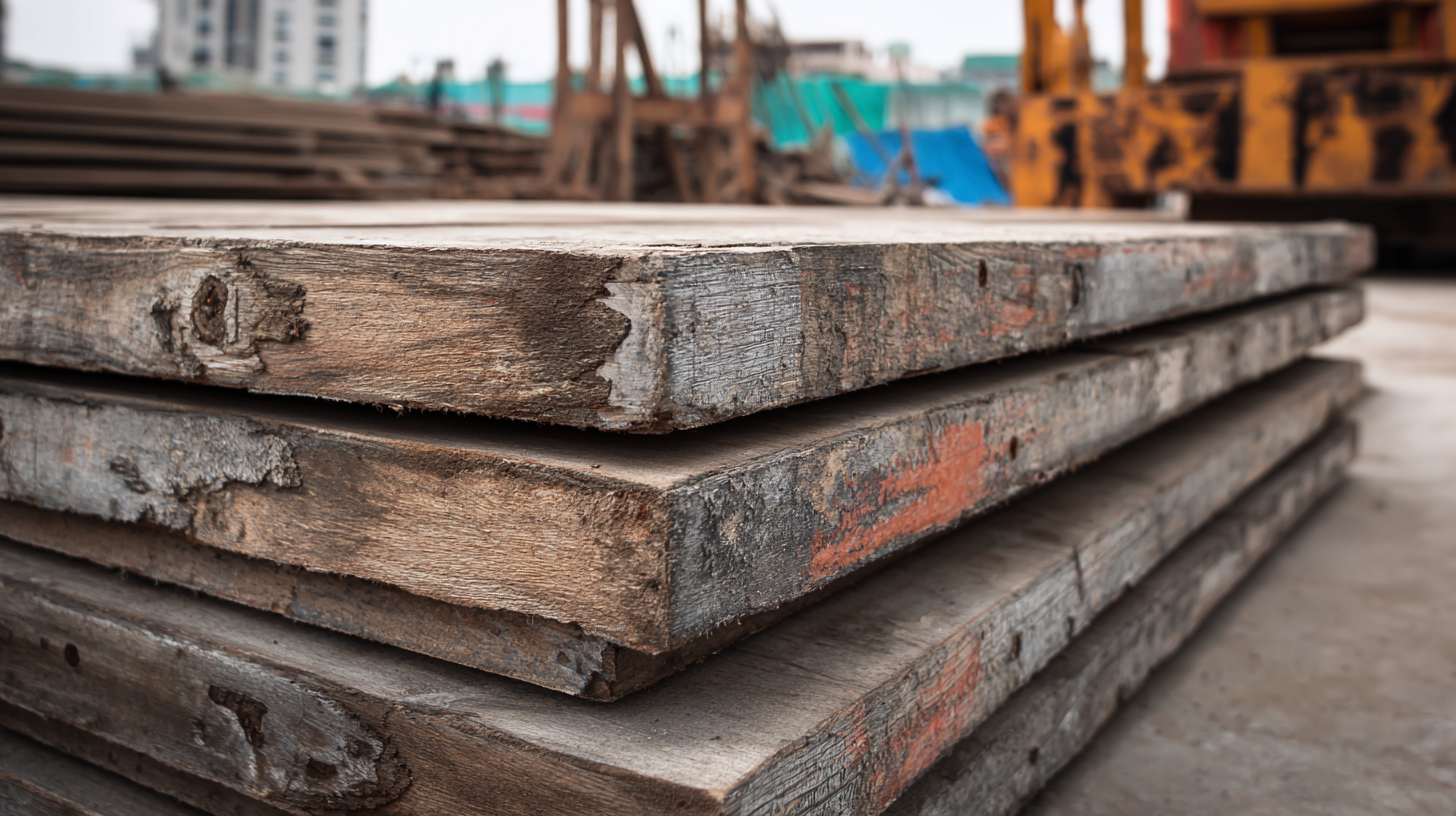
When it comes to selecting China film faced plywood for your projects, analyzing cost-effectiveness is crucial. A key aspect of this is understanding how to balance price and quality. While it might be tempting to opt for the cheapest option available, doing so can lead to issues such as poor durability and a shorter lifespan, which ultimately increases long-term costs. Instead, it's important to assess the overall value of the plywood, considering factors like thickness, veneer quality, and the type of film used. Investing a little more upfront in higher-quality materials can save you money on repairs or replacements down the line.
Another important consideration is the potential for volume discounts when purchasing plywood. Many suppliers offer better pricing for bulk orders, which can significantly lower your per-unit cost. However, be sure to evaluate whether the quality remains consistent across larger orders. Always request samples before committing to large purchases to ensure that the plywood meets your specific project requirements. By taking the time to analyze both the price and the quality of China film faced plywood, you can make informed decisions that enhance the success and efficiency of your projects.
When choosing film faced plywood for your construction projects, prioritizing sustainability and minimizing environmental impact is crucial. According to a report by the Forest Stewardship Council, sustainably sourced plywood can reduce deforestation rates by up to 20%, preserving biodiversity and supporting ecosystem balance. Opting for eco-friendly film faced plywood made from certified wood sources not only mitigates the carbon footprint but also aligns with growing regulations emphasizing sustainable construction practices.
In addition, many manufacturers are now producing film faced plywood that utilizes water-based adhesives and finishes, which significantly lowers the emissions of volatile organic compounds (VOCs). A study conducted by the International Institute for Sustainable Development found that replacing toxic adhesives with eco-friendly alternatives can reduce indoor air pollution by over 50%. This not only benefits the environment but also creates healthier living and working spaces. Incorporating these sustainable options into your projects not only meets regulatory requirements but also resonates with a more eco-conscious clientele.
